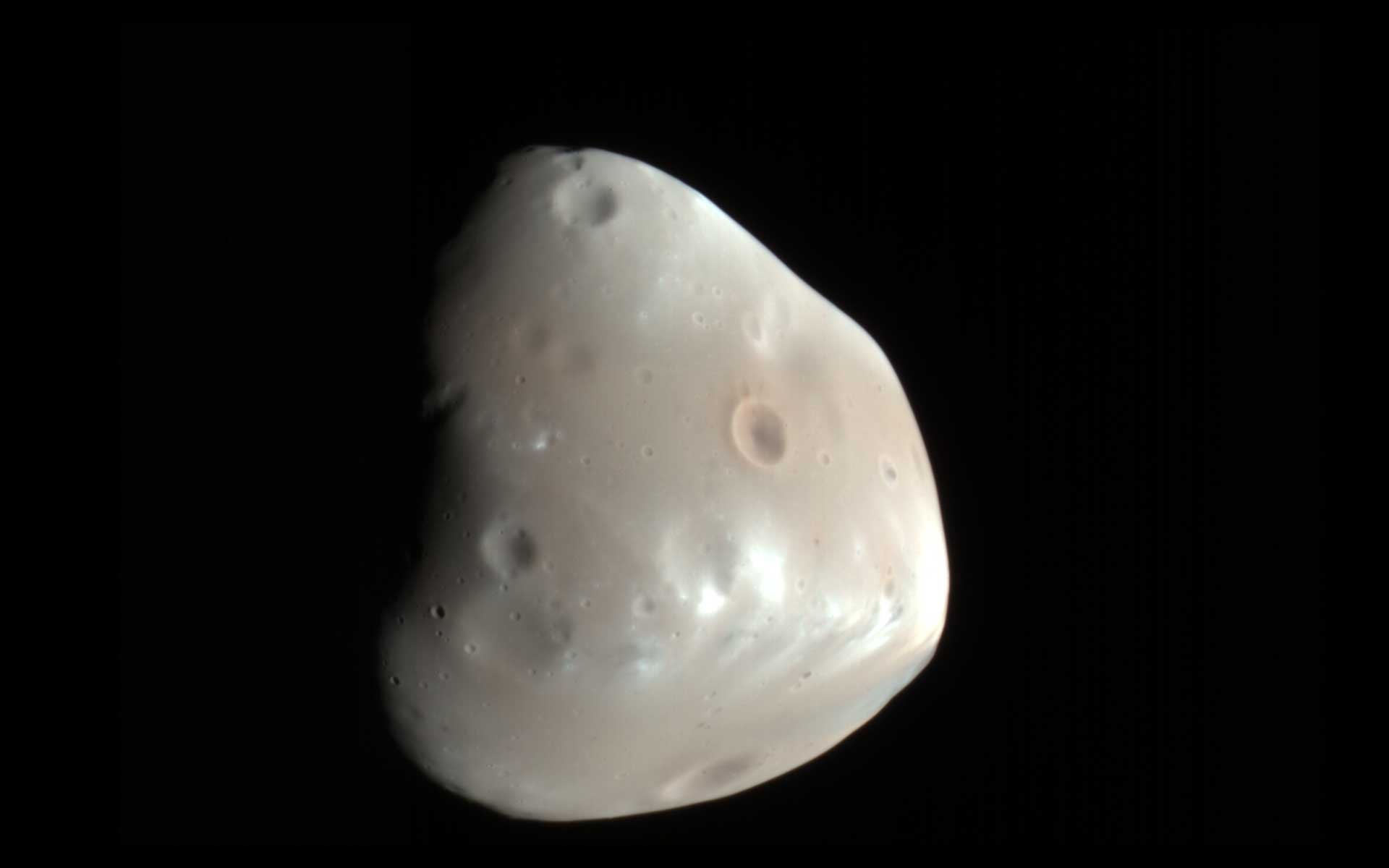Mars, often called the Red Planet, has captivated scientists and the public alike for its potential to harbor past life. But just how old is this celestial neighbor compared to our own planet Earth? This article delves into the age of Mars, its formation, and compares it to Earth’s timeline.
A 3D model of Mars. Credit: NASA Visualization Technology Applications and Development (VTAD)
Formation of Mars and Earth
Both Mars and Earth formed around the same time, approximately 4.5 billion years ago, during the early stages of our solar system. Gravity pulled swirling gas and dust together to create the planets, with Mars becoming the fourth planet from the Sun and Earth the third.
Age Comparison: Mars vs. Earth
While both planets share a similar origin story, their evolutionary paths diverged. Both planets are roughly the same age—4.5 billion years old. However, the key difference lies not in their age but in their geological activity and atmospheric evolution.
Geological Activity and Aging
Earth’s surface is constantly being reshaped by plate tectonics, volcanic activity, and erosion. This continuous renewal means that Earth’s surface is relatively young, with the oldest rocks dating back around 4 billion years.
This enhanced-color image of Deimos, the smaller of the two moons of Mars, was taken on Feb. 21, 2009. Credit: NASA/JPL-Caltech/University of Arizona
Mars, on the other hand, lacks significant tectonic activity. While it once boasted volcanoes and flowing water, these processes largely ceased billions of years ago. Consequently, the Martian surface is much older, preserving a record of its ancient past, with some surface features potentially dating back 4 billion years. Features like Valles Marineris, a massive canyon system far larger than Earth’s Grand Canyon, and Olympus Mons, the largest volcano in the solar system, provide evidence of this ancient activity.
Atmospheric Evolution
Earth’s atmosphere has evolved significantly over time, largely due to the presence of life. Photosynthesis, for example, played a crucial role in enriching the atmosphere with oxygen.
Mars’s atmosphere, however, is thin and primarily composed of carbon dioxide. Evidence suggests that Mars once had a thicker atmosphere and liquid water on its surface. However, over time, much of the Martian atmosphere was lost to space, leading to a colder and drier climate.
Phobos, the larger of Mars’ two moons, is seen in this image. Credit: NASA/JPL-Caltech/University of Arizona
Conclusion
While Mars and Earth formed around the same time, roughly 4.5 billion years ago, the lack of significant geological activity and atmospheric changes on Mars have resulted in a surface that is much older and better preserved than Earth’s. Studying Mars allows scientists to glimpse into the early history of the solar system and understand how planets evolve over time. The contrasting ages of their surfaces provide valuable insights into planetary processes and the potential for life beyond Earth.
